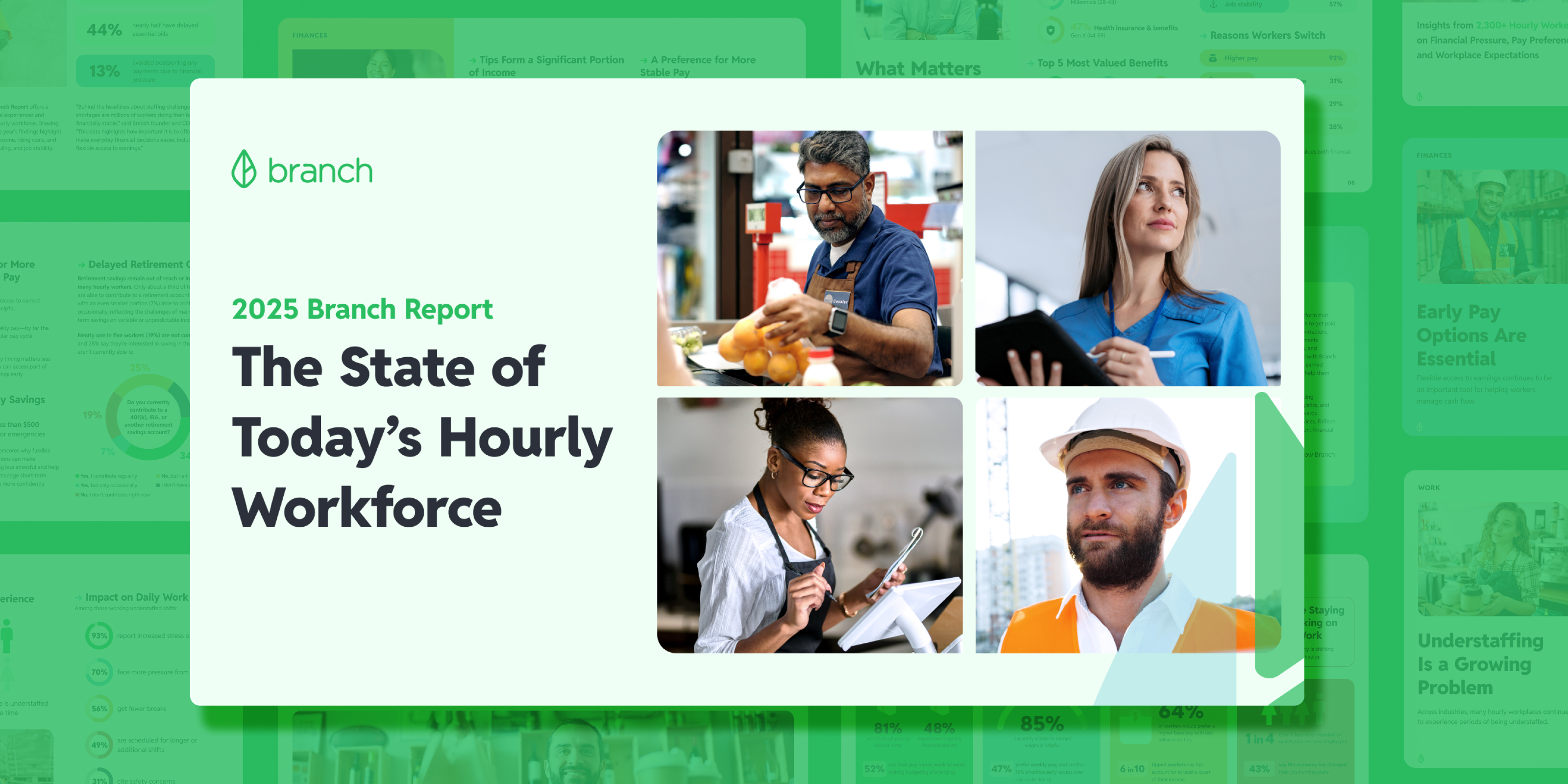
How to Improve Overall Workforce Engagement
Workforce engagement is one of those concepts that everyone agrees in practice is important, but oftentimes companies come up short when searching for solutions to improve it. Engaged employees are more attentive and look out for their coworkers and the company they work for because they have a sense of personal ownership of the result of their work and the company. They're more productive, motivated, and serve as better stewards to your company's reputation in the market. In the following, we will discuss tangible ways to engage your workers.
Provide Recognition
Recognition has been found to increase individual employee engagement, productivity, and loyalty to the company. When employees are recognized for a job well done, it motivates them, provides them with a sense of accomplishment, and makes them feel valued for their hard work. When an employee is recognized, it reinforces the desired culture of the company to other employees and sends a message to them about what success looks like.
There is much room for improvement in the amount of recognition U.S. workers receive. In addition, recognition affects employee retention. According to research conducted by Gallup:
- 1 in 3 U.S. workers strongly agreed that they received recognition or praise for doing good work in the past 7 days
- Employees who did not feel adequately recognized were twice as likely to say they would quit in the next year
Individualize recognition
The most effective recognition is honest, authentic, and catered to how the individual employee prefers to be recognized. It is key to know what makes the recognition meaningful and memorable for the employee. Equally as important is knowing who should be doing the recognizing.
Gallup found the most memorable types of recognition to be:
- public recognition or acknowledgment via an award, certificate or commendation
- private recognition from a boss, peer or customer
receiving or obtaining a high level of achievement through evaluations or reviews - promotion or increase in scope of work or responsibility to show trust
- monetary award such as a trip, prize or pay increase
personal satisfaction or pride in work
Encourage Suggestions for Improvements
Employees at every level of a company want their voices to be heard. When an employee discovers a problem at work, first, encourage them and make it easy for them to report the problem. Second, if they know of a solution to the problem, allow them to make a suggestion. This makes employees feel they are valued in the company and are making a positive impact to the success of the company. Third, (back to the recognition part) make sure employees are recognized for their contribution in pointing out and solving the problem. Millennials, in particular, are used to openly sharing opinions and giving feedback.
The rise of pulse surveys
Pulse surveys are designed to quickly gain feedback from employees to address work-related topics and employee needs. These surveys are administered regularly throughout the year and can range from in-house surveys to assessments administered via a survey platform like a mobile application. source
Provide Growth Opportunities
In his article on offering growth opportunities in order to motivate employees, Victor Lipman states that “[t]he potential for growth is a huge motivational difference maker” - click to tweet. He gives four types of growth organizations can offer their employees:
- Financial Growth. Reward outstanding employee performance.
- Career Growth. Talented people generally want to advance in an organization.
- Professional Growth. Good employees want to improve their skills and broaden their knowledge. It is important to make headway on a day-to-day basis.
- Personal Growth. Friendships at work matter. Praise from peers and a fun work environment are effective motivators.
Give and Receive Feedback on Personal Performance
Only 27% of workers strongly agree that the feedback they currently receive helps them do their work better. And only 17% strongly agree there's open communication throughout all levels of their company. source
Regular feedback on performance keeps workers actively engaged with how they are doing at work. Workers who receive feedback on their work performance on a regular basis (each week) are able to make small changes to how they work more frequently, thus being able to make large changes over a longer period of time compared to the antiquated way of conducting yearly performance reviews by which employees only receive feedback once per year and then they feel pressure to make a large change in a short period of time.
Why You Should Make Workforce Engagement a Priority
Engaged Employees Reduce Turnover
Turnover is extremely costly. Some experts believe it can cost 16% of an employee’s annual salary to replace them (positions earning $30,000 per year or less). source
Total cost of losing an employee = cost of hiring a new person (advertising, interviewing, screening, hiring) + cost of onboarding a new person (training, management time) + lost productivity (a new person may take 1-2 years to reach the productivity of an existing person) + lost engagement (other employees who see high turnover disengage and lose productivity) + customer service and errors (new employees take longer and are often less adept at solving problems) + training cost + cultural impact (whenever someone leaves others take time to ask "why?") source
Morale affects turnover
“[U]npredictable schedules, short shifts, and dead-end jobs take a toll on employees’ morale. When morale is low, absenteeism, tardiness, and turnover rise, increasing the variability of the labor supply, which, of course, makes matching labor with customer traffic more difficult.” source
Satisfied Employees Provide a Better Guest Experience
“Your employees are your frontlines. They’re the public face of your business because they deal directly with customers. If they’re unhappy or uninformed, customers notice. On the other hand, employees who are informed, educated, and well-trained have greater confidence and job satisfaction. They know they’re good at their jobs because they’ve been given the tools and knowledge needed to succeed. That satisfaction and confidence will be clear to your customers.” source
Motivated Employees Drive Productivity
Organizations with a high level of engagement report 22% higher productivity. Motivated employees work harder and perform better. Increased productivity will require a shift in how retailers view training. Currently, average training per new retail employee is a mere seven hours in the United States. Untrained or poorly trained employees are less productive and make more errors. source
Conclusion
There are huge costs to businesses because of this lack of engagement: turnover, guest experience, productivity, and more. On the bright side, there are many ways to increase engagement: provide recognition, encourage suggestions for improvements, provide growth opportunities, give and receive feedback on personal performance, and many others we didn’t have a chance to cover. Finding what works for your business and your employee culture is key, as is continuously prioritizing ways to improve the lives of the people who work for you.
Continue reading
Unlock a Happier, More Productive Workforce







